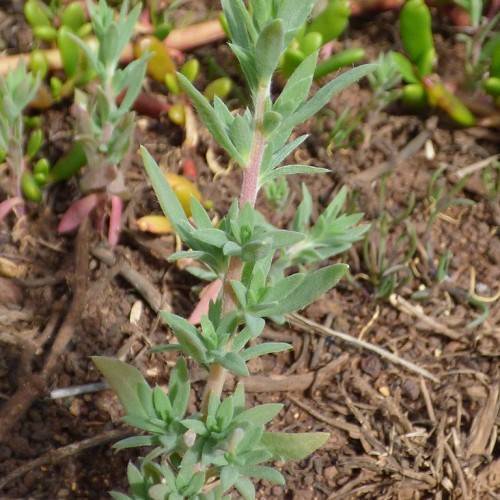
Five-Hooked Bassia
Bassia hyssopifolia
Watering:
Minimal
Hardiness Zone:
Flowers:
Flowers
Sun:
Sun, Partial Shade
Soil:
Sand
Growth Rate:
Low
Drought Tolerant:
Yes
Salt Tolerant:
Yes
Care Level:
Medium
watering
Yellow Screwstems require regular watering in order to thrive. Water the plants about once every 7-10 days, with light, frequent sprinkles. Provide enough water to moisten the soil evenly, but avoid letting the soil become soggy. If you're in an area with hot, dry summers, Yellow Screwstem may require more frequent watering, about once every 5-7 days. During periods of rain, it’s still important to check the soil and water if needed.
sunlight
Yellow Screwstem (Bartonia virginica) requires full sun to maintain its vibrant yellow flowers in the summer months from May to August. These flowers are most vibrant in direct sunlight, and the plant does best when exposed to at least 4-6 hours of sunlight a day. It should be watered as needed to keep the soil moist, however avoid overwatering, as this may lead to root rot and other diseases. Additionally, Yellow Screwstem is intolerant to drought and prefers soil with good drainage. During the winter months, the plant can benefit from some partial or indirect sunlight to help grow strong and healthy.
pruning
Yellow Screwstem (Bartonia virginica) should be pruned in late winter or early spring to maintain a healthy shape and growth. Remove dead and weak stems using sharp pruners or hand shears. Make sure to disinfect your tools in between cuts to avoid spreading diseases within the plant. Prune lightly, removing no more than 1-third of the stems per year, as too much pruning can damage the plant. When pruning off more than 1-third of the stems, it can cause the plant to become thin or overly dense. Pruning will also help promote more blooms and new growth.
